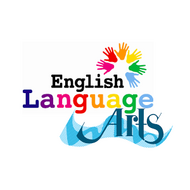Reading K-12 PD for PeBL Mentors
(View Complete Item Description)This professional development covers why reading is the cornerstone of all education and the PeBL philosophy. Reading is demystified into the components that all students need to read. Then strategies and the transfer of responsibility are used supporting the Saskatchewan Reads framework. The materials used through out the presentation are included in the folder for this presentation in the PeBL ELA Team group in the folder entitled "Reading PD (PeBL Mentor PD). Contact any members of the team for further information.
Material Type: Activity/Lab, Teaching/Learning Strategy, Primary Source, Assessment, Module


















